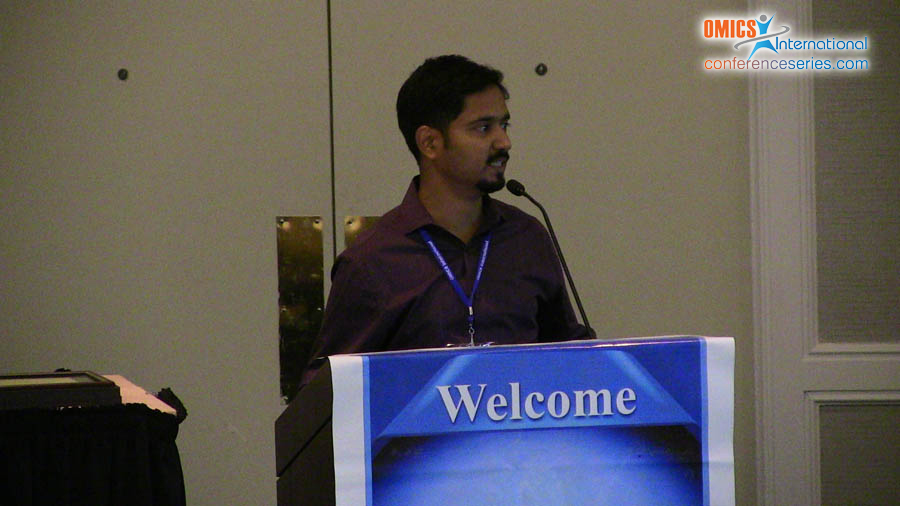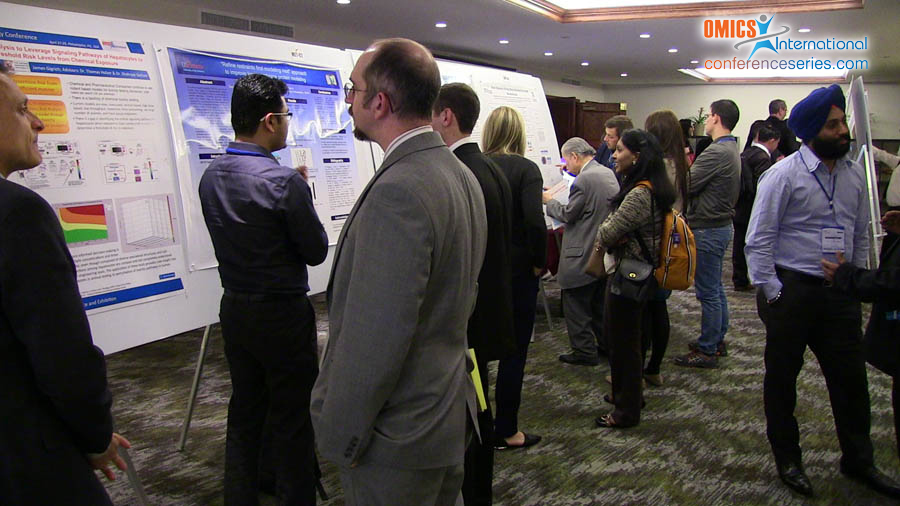
Shireesh Srivastava
ICGEB, India
Title: In silico identification of gene targets for bioethanol production from lignocellulosic hydrolysates using E. coli
Biography
Biography: Shireesh Srivastava
Abstract
Hydrolysates of lignocellulosic biomass contain both hexoses and pentoses, with pentoses contributing to about 30% of the fermentable sugars. Thus, it is important to select an organism that can utilize both sugars effectively. E. coli has the advantage that it can utilize pentose and hexose sugars. However, in the course of its fermentation, it produces many by-products in addition to ethanol, such as acetate and formate. For efficient production of lignocellulosic biofuel, it is important to maximize product yield and minimize by-products formation. We employed in silico analyses on a recent genome-scale metabolic model of E. coli (iJO1366), to identify the knock-out targets to improve production of ethanol from glucose and xylose. Genetic Design through Local Search (GDLS) was employed to identify knock-out targets. GDLS involves reduction of the metabolic model to yield an equivalent Flux Balance Analysis model with fewer reactions and metabolites, followed by local search methodology to efficiently cover the space of genetic manipulations. Interestingly, similar knock-outs were identified for both glucose and xylose. Using these knock-outs, the ethanol was predicted to be over-90% of the theoretical yield on both glucose and xylose. The flux distribution in the mutant strain was identified through the Relative Change (RELATCH) method using available 13C-metabolic flux analysis data. The mutant strain had increased activity of Entner-Duodoroff pathway but reduced pentose-phosphate pathway and TCA cycle activity.




